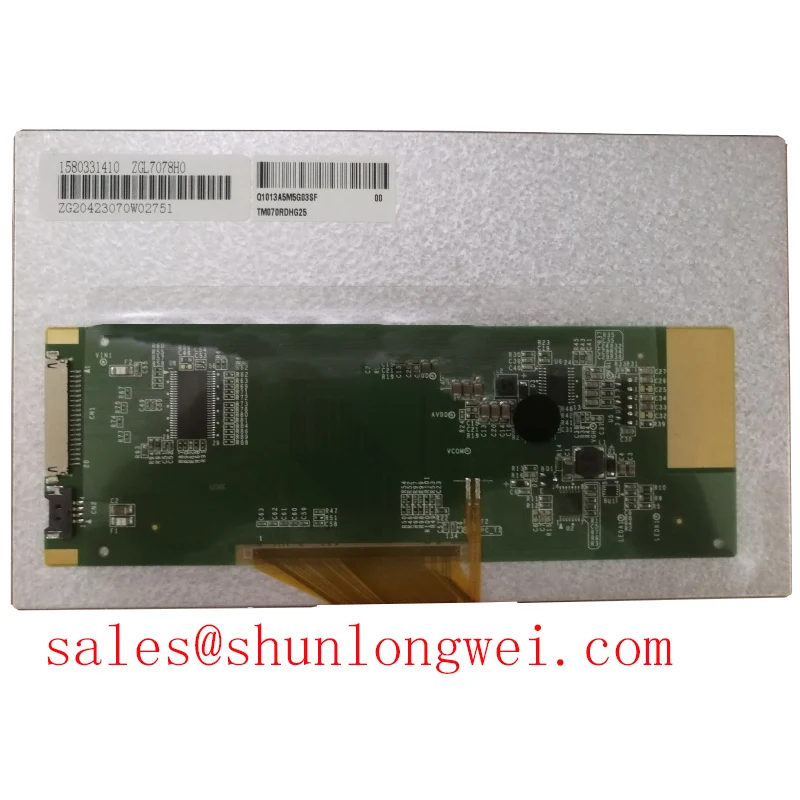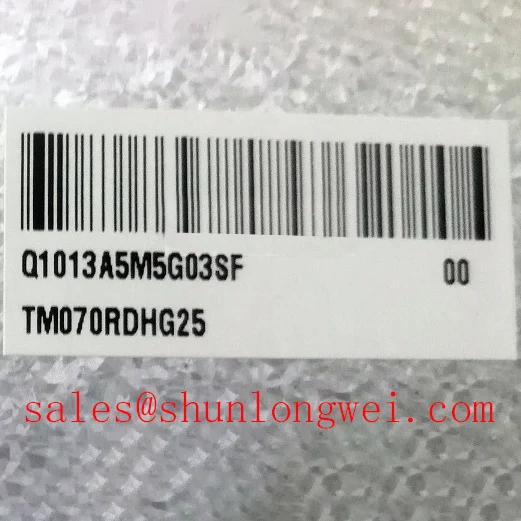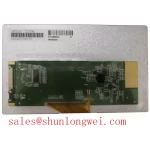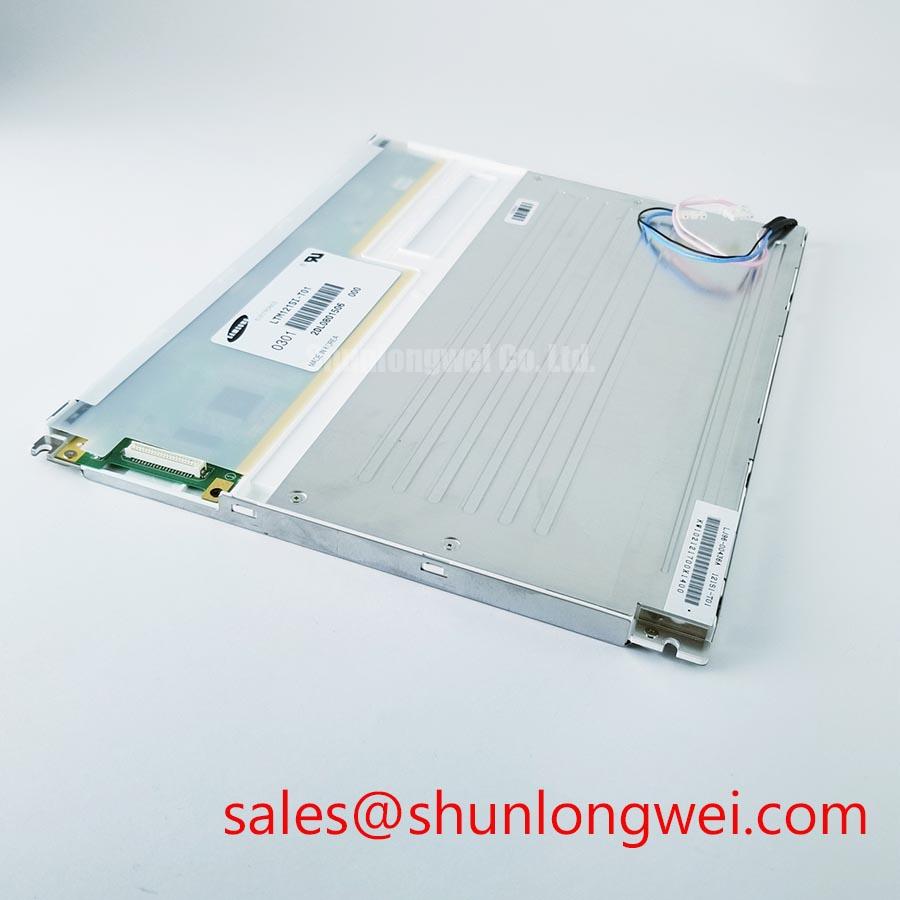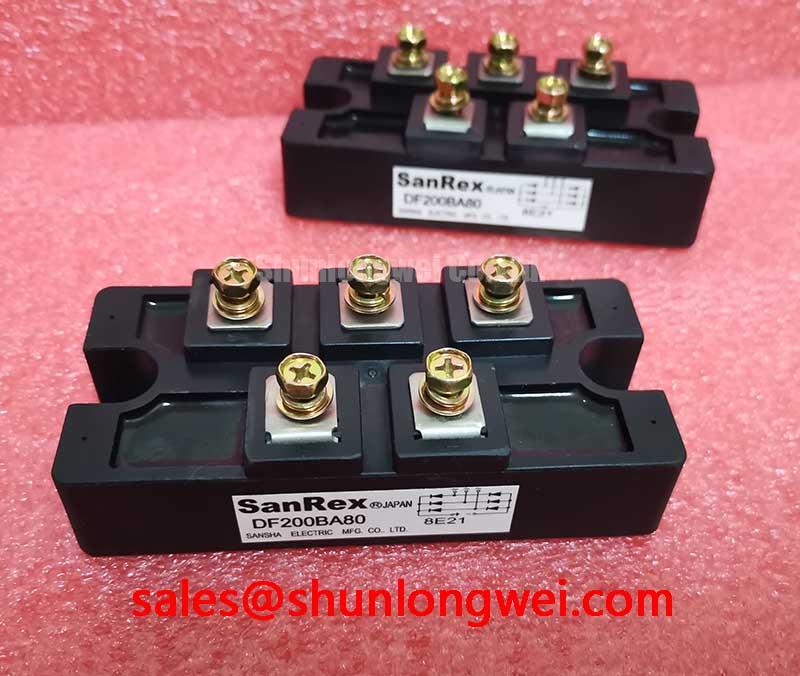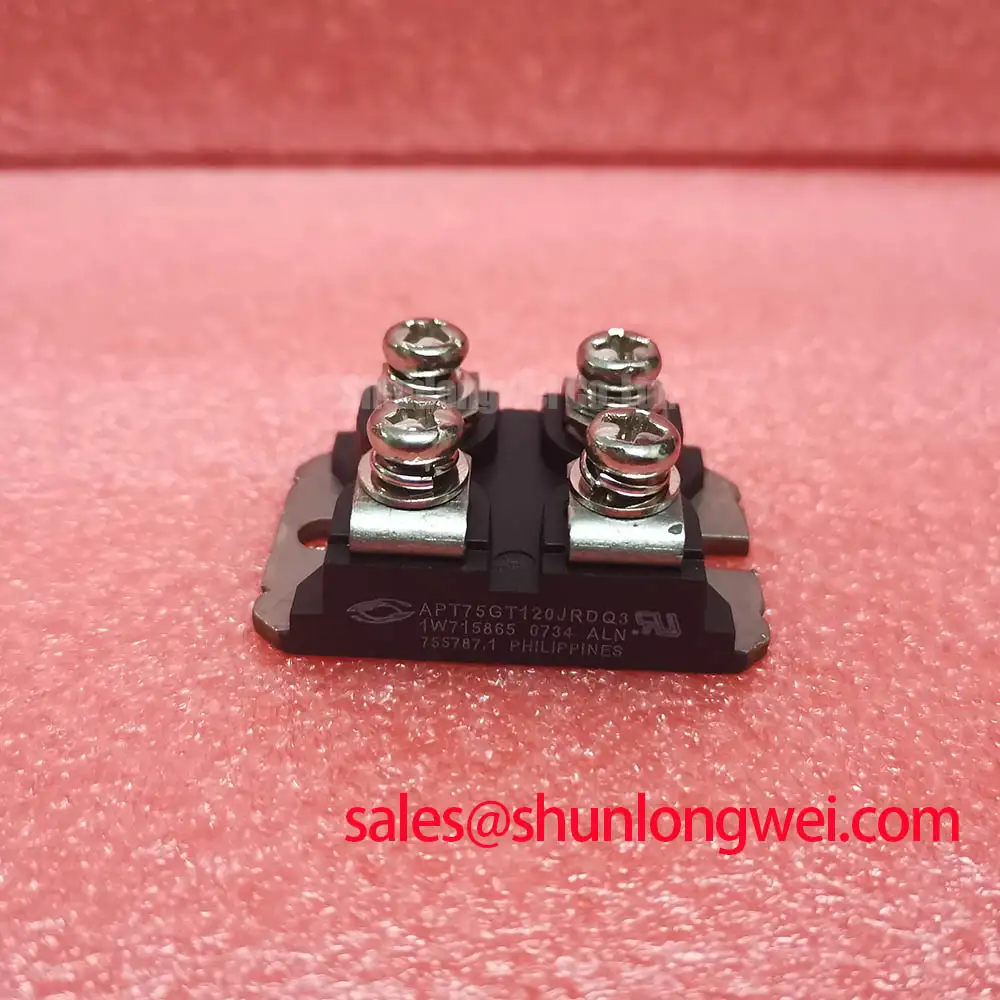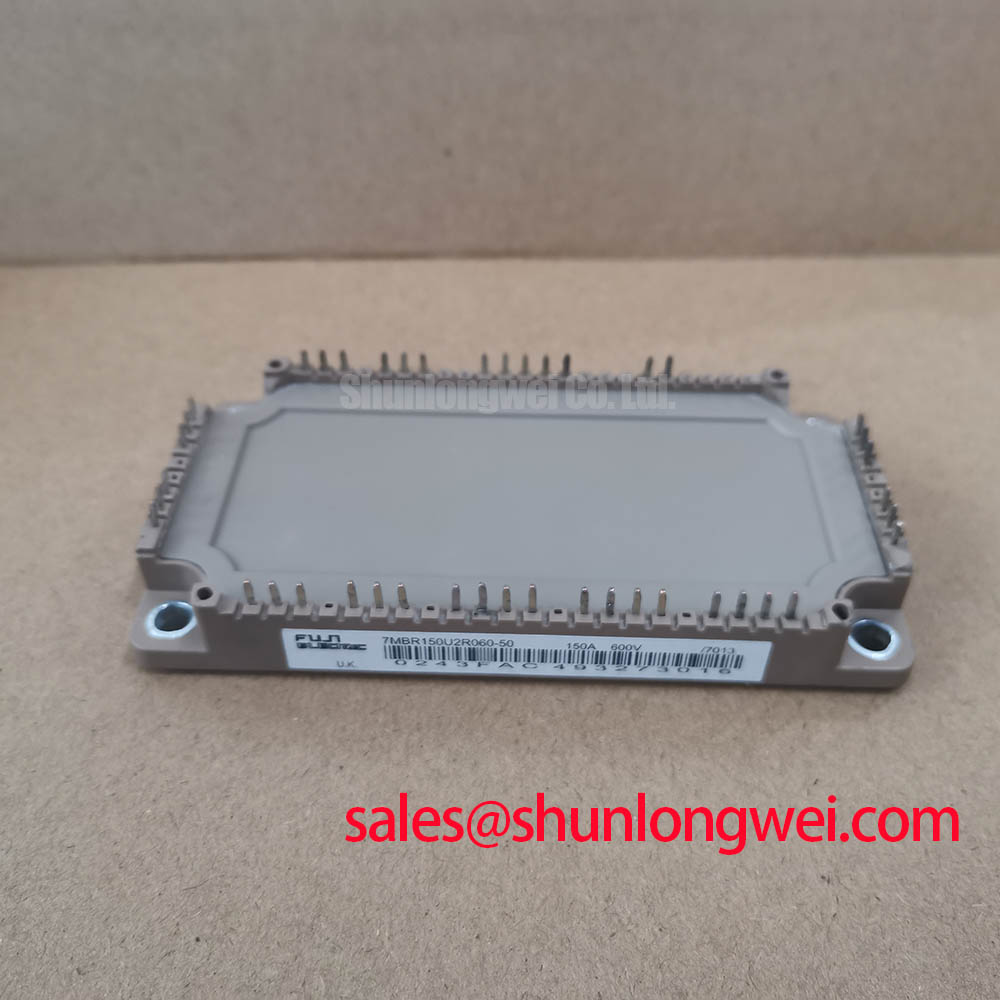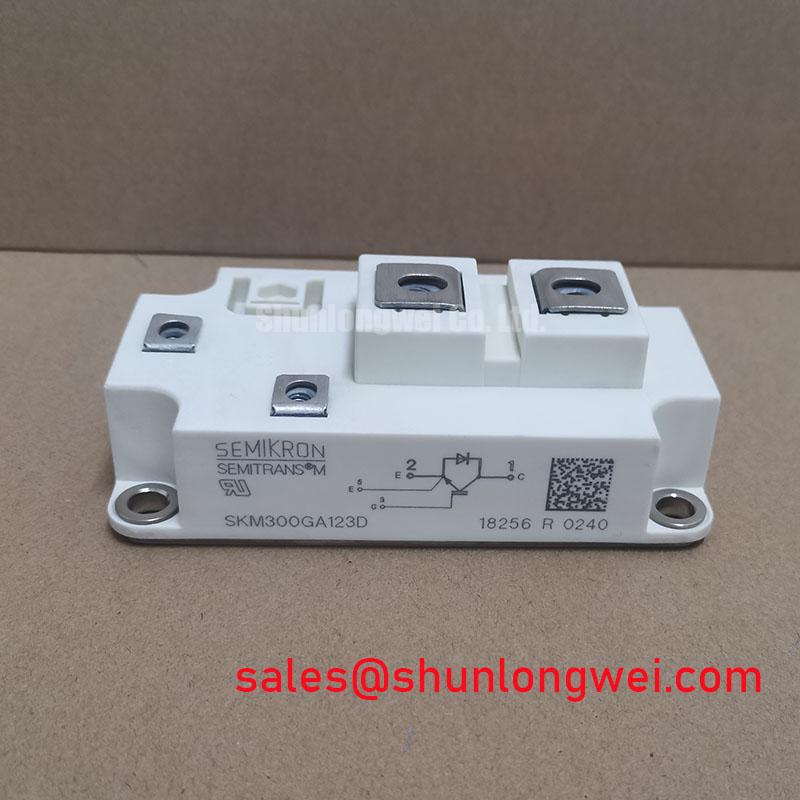TM070RDHG25: 7.0-inch 800x480 WVGA TFT-LCD for Industrial HMIs
Engineered for Visual Clarity and Operational Reliability in Demanding Environments
Content last revised on October 13, 2025.
Delivering a precise balance of performance and durability, the Tianma TM070RDHG25 is a 7.0-inch WVGA TFT-LCD module engineered for consistent visual output in industrial and commercial applications. It features an 800x480 resolution | 400 cd/m² brightness | -20 to 70°C operating temperature. Key benefits include robust wide-temperature operation and a long-life WLED backlight system. This display directly addresses the need for a reliable, easily integrated HMI solution for systems that must function flawlessly across fluctuating environmental conditions. For applications requiring consistent performance in non-consumer-grade environments, the TM070RDHG25 provides a stable and dependable visual interface.
Application Scenarios & Value
System-Level Benefits in Industrial Control and Instrumentation
The TM070RDHG25 is optimized for applications where operational reliability and clear data visualization are paramount. Its robust design and core feature set make it a prime candidate for human-machine interfaces (HMIs) in industrial automation, test and measurement equipment, and portable diagnostic tools. A key engineering challenge in these fields is ensuring screen legibility and component longevity across a wide range of factory or field conditions. The TM070RDHG25's specified operating temperature range of -20°C to 70°C directly solves this problem, guaranteeing stable performance whether the device is deployed in a refrigerated warehouse or a sun-exposed control cabinet. This eliminates the need for complex and costly external thermal management systems, simplifying the overall product design and reducing the bill of materials.
The module's 400 cd/m² brightness, combined with an anti-glare surface treatment, ensures that critical operational data remains readable even in environments with high ambient light. This is crucial for user safety and efficiency in factory floor controls or outdoor-use service equipment. While the 7.0-inch format is well-suited for compact HMIs, for systems requiring a larger display area with similar environmental resilience, the TM080RDHG30 offers an 8.0-inch alternative. The integration of a standard 50-pin parallel RGB (1 ch, 8-bit) interface further streamlines the design-in process for engineers working with common industrial single-board computers and microcontrollers, facilitating faster time-to-market for new products.
Key Parameter Overview
Decoding the Specifications for HMI Design Integrity
The technical specifications of the TM070RDHG25 are foundational to its performance in targeted industrial and medical applications. The parameters below have been selected to provide engineers and procurement managers with the critical data needed for system evaluation. This "highlighted metrics" format emphasizes the specifications most directly impacting visual performance, durability, and integration effort.
table {
width: 100%;
border-collapse: collapse;
}
th, td {
border: 1px solid #dddddd;
text-align: left;
padding: 8px;
}
tr:nth-child(even) {
background-color: #f2f2f2;
}
.highlight {
font-weight: bold;
color: #0056b3;
}
| Parameter Category | Specification | Engineering Value |
| Panel Size | 7.0 inches | Provides a compact yet sufficient viewing area for data-rich HMIs. |
| Resolution | 800(RGB)×480, WVGA | Delivers clear, sharp rendering of text and graphics for industrial interfaces. |
| Luminance | 400 cd/m² (Typ.) | Ensures good readability in typical indoor industrial and moderately lit environments. |
| Viewing Angle | 70/70/50/70 (L/R/U/D) | Offers practical viewing flexibility for fixed-mount control panels. |
| Operating Temperature | -20 ~ 70 °C | Guarantees operational reliability across a wide industrial temperature spectrum. |
| Storage Temperature | -30 ~ 80 °C | Enhances logistical flexibility and product resilience during shipping and storage. |
| Interface Type | Parallel RGB (1 ch, 8-bit), 50 pins FPC | Ensures compatibility with a wide range of established industrial controllers and SBCs. |
| Backlight System | WLED, 20K hours (Typ.) | Provides a long operational life, reducing maintenance requirements and total cost of ownership. |
| Surface Treatment | Anti-glare | Minimizes reflections from overhead lighting, improving operator focus and reducing eye strain. |
For a complete list of specifications, electrical characteristics, and mechanical drawings, please Download the TM070RDHG25 datasheet for detailed specifications and performance curves.
Technical Deep Dive
Analyzing the Impact of Backlight Longevity and Thermal Headroom
A critical, yet often overlooked, specification for industrial displays is the backlight lifetime. The TM070RDHG25 specifies a typical backlight life of 20,000 hours. To put this into perspective, for a device operating in a continuous 24/7 environment, this translates to over 2.2 years of constant operation before the backlight brightness is expected to degrade to 50% of its initial value. For applications with more standard 8-hour daily shifts, this lifespan extends significantly, directly contributing to a lower total cost of ownership (TCO) by minimizing field replacements and maintenance cycles. This longevity is a key differentiator from consumer-grade panels which often have significantly shorter backlight lifespans, making them unsuitable for long-term industrial deployment.
Furthermore, the wide operating temperature range (-20 to 70°C) provides significant thermal design headroom for engineers. Think of this range as the display's built-in operational safety margin. When a display is integrated into an enclosed, fanless HMI chassis, internal temperatures can rise substantially above ambient levels due to heat from the CPU and power supply. The TM070RDHG25's 70°C upper limit provides the necessary resilience to function reliably within this enclosure, preventing common heat-related failures such as image distortion or premature aging of the liquid crystal material. This robust thermal performance simplifies enclosure design and can obviate the need for active cooling, a critical benefit for creating sealed, ruggedized systems for deployment in harsh environments like heavy machinery or outdoor kiosks.
Industry Insights & Strategic Advantage
Meeting the Demand for Durable HMIs in Mainstream Industrial Automation
The TM070RDHG25 is strategically positioned to meet the evolving demands of industrial automation and smart manufacturing. As factories and processing plants increasingly adopt Industry 4.0 principles, the need for reliable, cost-effective, and easily deployable HMIs at every point of control becomes more acute. This display's feature set aligns perfectly with this trend. It eschews niche, high-cost features in favor of a robust core performance that serves the majority of industrial control, monitoring, and instrumentation tasks. This design philosophy directly supports the development of scalable automation solutions where dozens or even hundreds of HMIs are required across a facility.
The market is shifting away from legacy character displays toward graphical interfaces that can provide richer, more intuitive operational data. The 800x480 resolution of the TM070RDHG25 provides the necessary pixel density to render modern graphical user interfaces (GUIs) effectively. Its proven parallel RGB interface ensures backward compatibility with existing system architectures while being straightforward to implement in new designs. By focusing on industrial-grade durability, such as its wide temperature range and long-life backlight, this Tianma display provides a strategic advantage for OEMs. It enables them to build systems that are not only functionally advanced but also dependable over a long service life, enhancing their brand reputation for quality and reliability in a competitive market.
Frequently Asked Questions (FAQ)
What is the primary benefit of the -20 to 70°C operating temperature range for an HMI designer?
This wide temperature range provides critical design margin, ensuring the display operates reliably inside sealed enclosures where internal temperatures are elevated, and in unconditioned environments like factory floors or outdoor-covered terminals. It simplifies thermal management, potentially eliminating the need for cooling fans, which reduces system complexity, cost, and points of failure.
How does the 20,000-hour backlight lifetime translate to real-world system reliability?
A 20,000-hour backlight life is equivalent to 2.2 years of continuous 24/7 operation. For most industrial applications that operate on standard shifts, this means the backlight will last for many years, significantly reducing maintenance costs and system downtime compared to displays with shorter-lived backlights, thereby lowering the total cost of ownership.
Is the parallel RGB interface suitable for modern embedded systems?
Yes, the parallel RGB interface remains a widely supported and robust standard in many industrial-grade microcontrollers and single-board computers. Its primary advantage is its straightforward implementation, low latency, and deterministic timing, which are crucial for real-time control applications. This ensures broad compatibility and simplifies the driver development process for engineering teams.
Strategic Considerations for System Integration
In conclusion, the Tianma TM070RDHG25 represents a strategic choice for engineers and system architects developing human-machine interfaces for industrial, medical, and instrumentation sectors. Its value lies not in a single standout specification, but in the deliberate combination of a durable wide-temperature design, a long-life backlight, and a standard, easy-to-integrate interface. This module enables the creation of reliable and cost-effective systems that meet the rigorous demands of professional environments, providing a stable foundation for long-term product deployment and user satisfaction.


